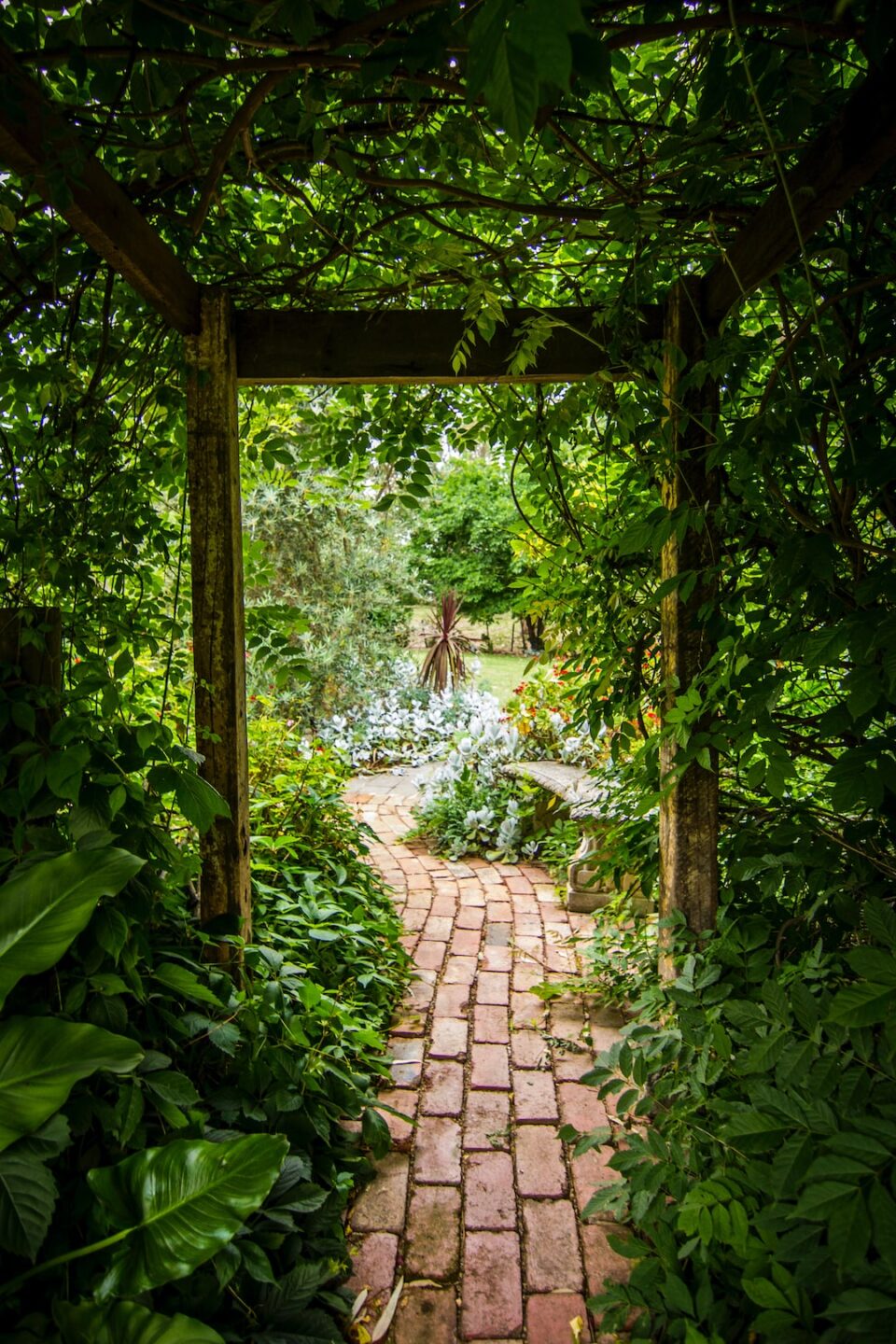How to Create a Water-wise Garden
In today’s world, water conservation has become an increasingly important issue. With climate change and the depletion of freshwater resources, it is crucial that we all play our part in conserving water wherever possible. One way to do this is by creating a water-wise garden. A water-wise garden not only helps in saving water, but also requires less maintenance and makes a positive impact on the environment. In this blog post, we will discuss some tips on how to create a water-wise garden.
1. Choose native and drought-resistant plants:
When selecting plants for your garden, opt for native species that are adapted to your region’s climate. These plants are more likely to thrive and require less water to survive. Drought-resistant plants, such as succulents, cacti, and lavender, are fantastic choices as they have adapted to arid conditions and can store water in their leaves or stems.
2. Group plants based on their water needs:
Water-wise gardening involves grouping plants with similar water requirements together. This allows you to efficiently water your garden without wasting water on plants that don’t need it. For example, it is not ideal to water a succulent and a fern with the same frequency and amount. By grouping plants with similar water needs, you can tailor your watering schedule accordingly.
3. Use mulch:
Mulching your garden is a great way to conserve water. A layer of mulch on top of the soil helps to retain moisture by reducing evaporation. It also helps to suppress weeds, preventing them from competing with your plants for water. Organic mulches, such as wood chips or straw, can also improve the soil’s overall structure and fertility over time.
4. Install a drip irrigation system:
Drip irrigation is a highly efficient watering method that delivers water directly to the roots of your plants. Unlike traditional sprinklers, drip systems eliminate water loss due to evaporation and wind. They also ensure that water is targeted where it is needed most, reducing wastage. Additionally, drip irrigation can be automated, making it easier to maintain a consistent watering schedule while saving time.
5. Collect and reuse rainwater:
Take advantage of nature’s gift by installing a rainwater harvesting system. Collecting rainwater can be as simple as placing rain barrels under downspouts or investing in a more sophisticated system. Rainwater can then be used to water your garden during dry spells, reducing the amount of tap water needed. It is important to note that some regions have regulations or restrictions on rainwater harvesting, so be sure to check with local authorities.
6. Practice proper watering techniques:
Another aspect of water-wise gardening is to water your plants effectively. Instead of light, frequent watering, aim for deep, infrequent watering. This encourages plants to develop deep root systems, making them more resilient during drought conditions. Water in the early morning or late evening to reduce evaporation, and avoid watering when it’s windy to prevent water from being blown away.
7. Consider low-maintenance alternatives:
If you are looking to reduce water usage even further, consider incorporating low-maintenance alternatives into your garden design. For example, you could replace parts of your lawn with drought-tolerant ground covers or replace high-water-demanding plants with hardy perennials. These changes can significantly decrease your need for watering and maintenance while still providing a beautiful garden space.
Creating a water-wise garden is not only beneficial for the environment but also for your wallet. By implementing these tips, you can save water, reduce your water bills, and create a garden that is beautiful, sustainable, and resilient to changing weather conditions. So, let’s take the plunge and create a water-wise garden that will make a positive impact on our world.

